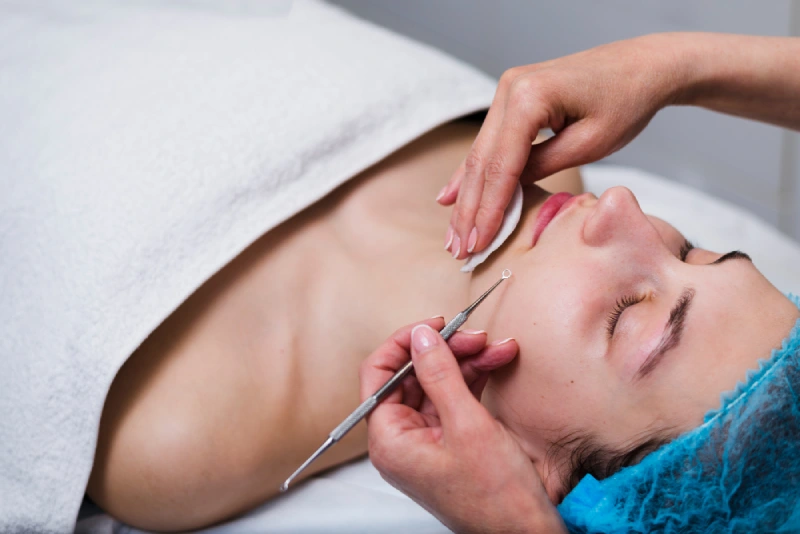What is atopic dermatitis?
Atopic dermatitis is a common skin disorder that affects 10-20% of children. It results in a rash and skin that is dry, itchy, inflamed/irritated, and may become infected.
What causes atopic dermatitis?
Many children with atopic dermatitis do not have enough of a special skin protein called “filaggrin.”
Filaggrin helps the skin to form a strong barrier between the body and the environment. Without this, the skin cannot hold onto water so it loses water and becomes dry and itchy.
The skin also has trouble keeping out irritants like dust mites, allergens, bacteria, and viruses. This leads to more skin irritation and increased risk of infection.
Atopic dermatitis is common in all populations, regardless of skin color. But in people with dark skin, inflammation can cause pigmentation disorders. You must therefore take special care to provide early and effective treatment for eczema flare-ups, in order to limit inflammation and it’s consequences.

Atopic dermatitis is a long-lasting condition, so there is no cure. However, the symptoms can be controlled with good skincare like wet wraps.

How do I do wet wraps?
Wet wraps can help put water back in your child’s skin and reduce inflammation, calming the skin. They also help to decrease the itch and help your child sleep. You will use wet wraps AFTER bathing and applying medications and moisturizers. All you need for wet wraps are two pairs of cotton pajamas (or onesies) and a sink of warm water.
Follow these 4 steps:

- Take one pair of pajamas or a onesie and soak it in warm water.
- Wring out onesie or pajamas until they are only slightly damp.

- Put the damp onesie or pajamas on your child after applying medication and/or moisturizers. Then put the dry onesie or pajamas on top of the wet onesie/pajamas.

- Make sure the child’s room is warm enough before your child goes to sleep. A humidifier can help if the air is dry.
When to stop the treatment?
Once your child no longer has an itchy, red, or scaly rash, you can start to decrease your use of the treatment and continue only moisturizers.
However, since atopic dermatitis is a long-lasting disorder, it is important to CONTINUE daily bathing and moisturizing. This will help prevent your child’s atopic dermatitis from getting worse.




